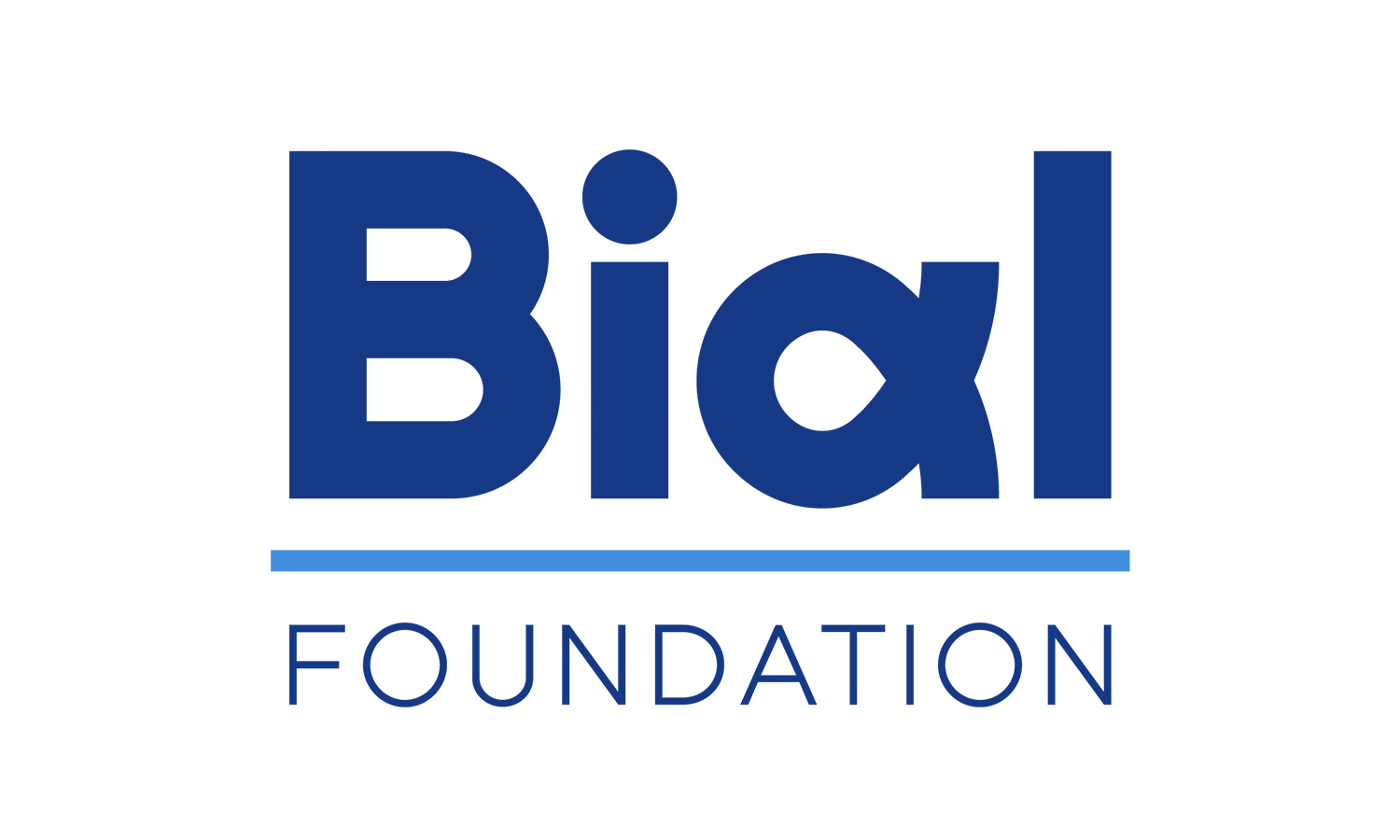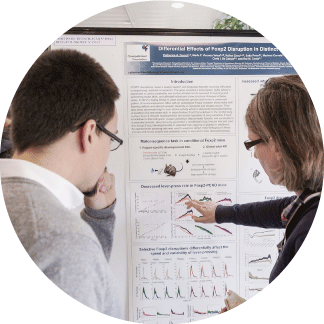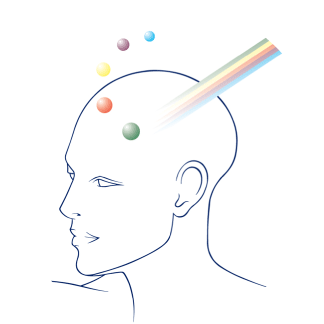News
Top Stories
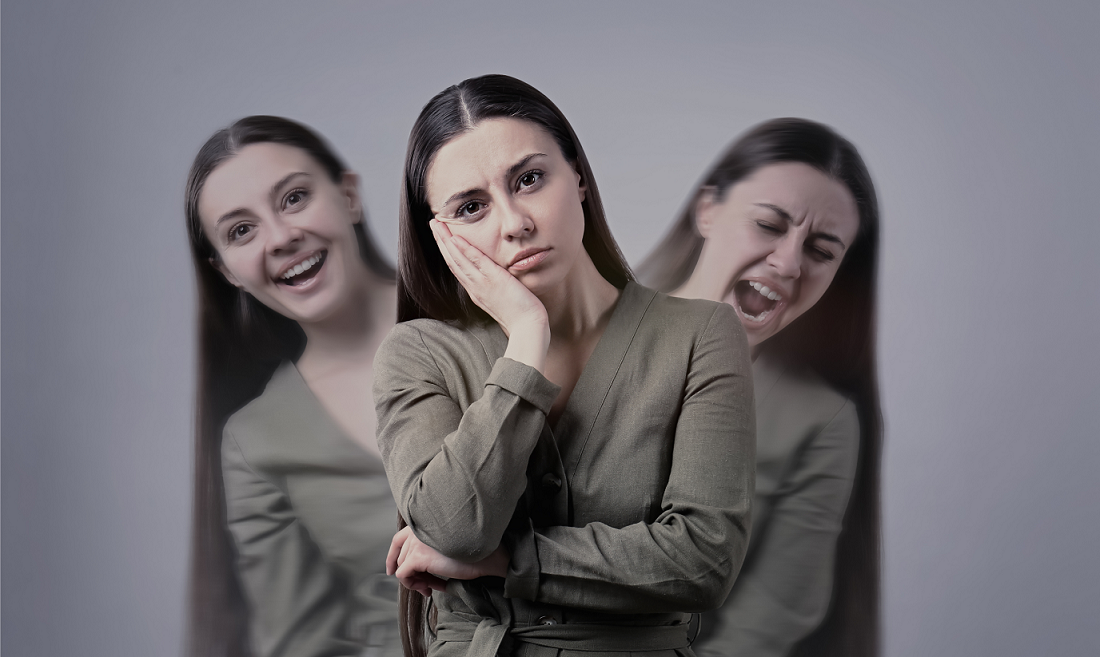
How does the brain respond to positive and negative stimuli?
Study demonstrates the brain's ability to constantly reclassify external stimuli based on previous experiences and adapt to new situations.

Are people who believe in the paranormal more vulnerable to stress?
A study of 3084 participants evaluated whether two types of belief in the paranormal might be associated with different levels of perceived stress.
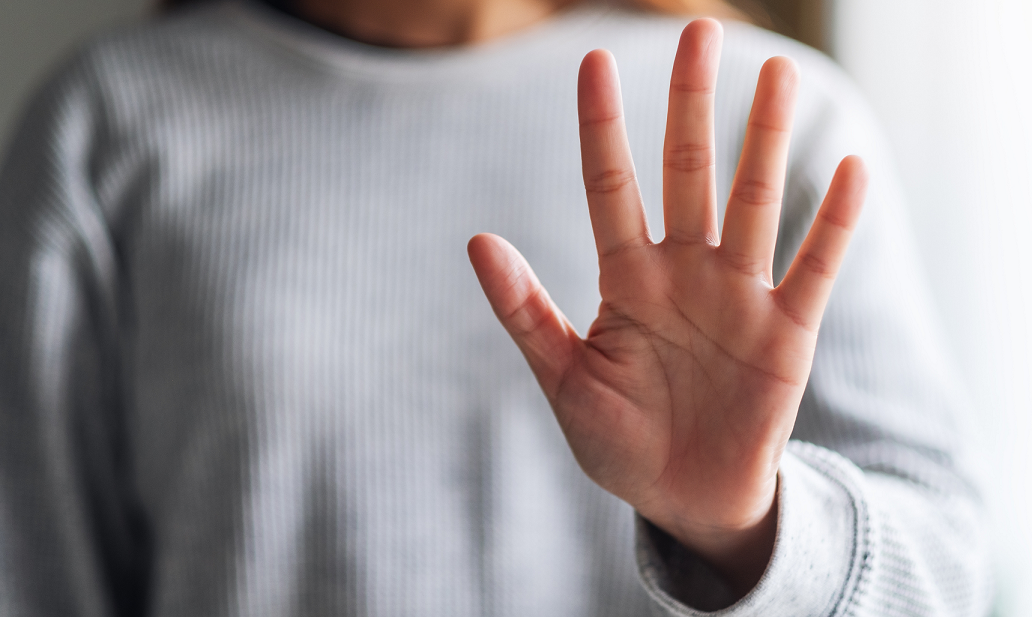
Do we perceive the weight of our body parts and the weight of objects differently?
According to Newton’s law, weight is given by the product of its mass and gravity. How does the brain determine the weight of objects and body parts?
News
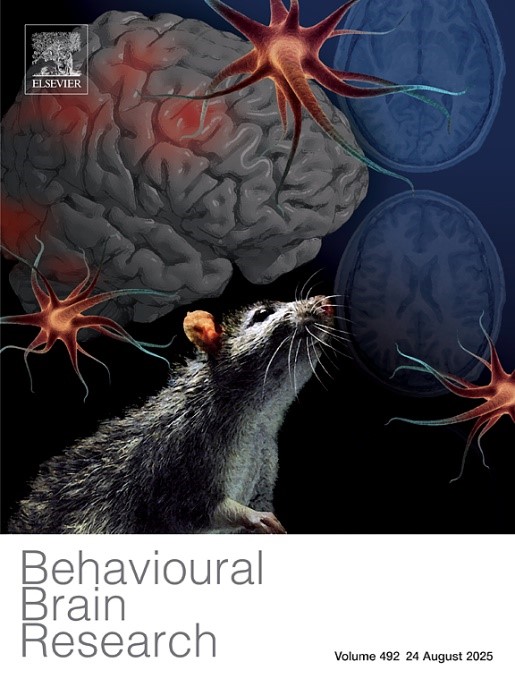
Do different types of stress have the same impact?
Research shows that acute stress induces anxiety-like behaviors, especially in male rats, while chronic stress is more associated with depressive symptoms.

How does the brain turn what it sees into action?
A study reveals the plasticity of neural pathways and how the brain repurposes motor networks to learn new associations, a testament to its adaptability.

Did you know it’s possible to study awe in the human brain?
The SUBRAIN project aims to understand the brain mechanisms underlying the emotion of awe, defined as a profound feeling of wonder in response to something sublime.

